Python Object Oriented Programming
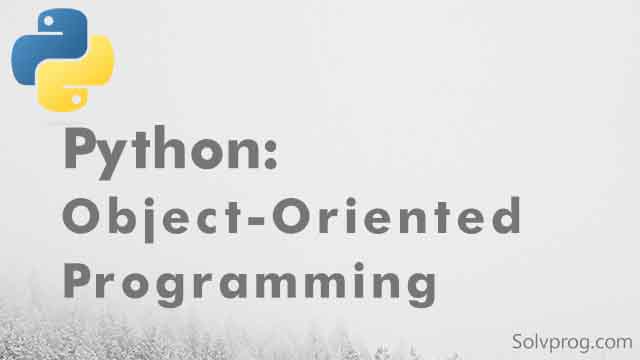
Python Object-Oriented Programming (OOP) is a way of organizing code that helps us to create reusable pieces of code called objects. We create a blueprint of an object, called a class, which defines what that object can do and what data it can hold. We can then create many objects based on that blueprint. Objects can interact with each other and can be used to build more complex and flexible programs. Using OOP in Python can make our code easier to read, write, and maintain.
Python Object-Oriented Programming (OOP) is a programming paradigm that focuses on creating reusable code by organizing data and behavior into objects. In OOP, objects are instances of classes, which define their properties (attributes) and methods (behavior).
Here are some key concepts of Python OOP:
- Classes: A class is a blueprint for creating objects. It defines the attributes (data) and methods (functions) that an object can have.
- Objects: An object is an instance of a class. It is created from a class and has its own unique set of attributes and methods.
- Inheritance: Inheritance is a mechanism in which a new class is derived from an existing class. The new class inherits the properties (attributes and methods) of the existing class.
- Polymorphism: Polymorphism is the ability of objects of different classes to be used interchangeably. In Python, this is achieved through method overriding and method overloading.
- Encapsulation: Encapsulation is the practice of keeping the data and methods of a class private, so that they cannot be accessed from outside the class. This helps to prevent unwanted modification of the data and ensures that the methods are used correctly.
To use OOP in Python, you create classes that define the attributes and methods of objects, and then create instances of those classes to work with. OOP can be useful for organizing code, reducing duplication, and creating more flexible and reusable programs.
Here is a simple example of how to use OOP in Python:
class Car:
def __init__(self, make, model, year):
self.make = make
self.model = model
self.year = year
self.speed = 0
def accelerate(self):
self.speed += 10
def brake(self):
self.speed -= 10
def get_speed(self):
return self.speed
my_car = Car("Toyota", "Camry", 2022)
print("Make:", my_car.make)
print("Model:", my_car.model)
print("Year:", my_car.year)
my_car.accelerate()
my_car.accelerate()
my_car.accelerate()
print("Current Speed:", my_car.get_speed())
my_car.brake()
my_car.brake()
print("Current Speed:", my_car.get_speed())
Code explaination
In this example, we define a Car class that has several attributes (make, model, year, and speed) and methods (accelerate, brake, and get_speed). We create an instance of the Car class called my_car and use its methods to change its speed. Finally, we print the attributes of the my_car object and its current speed.
We define a Car class with the following attributes:
- make: the make/name of the car (e.g. "Toyota")
- model: the model of the car (e.g. "Camry")
- year: the year of the car (e.g. 2022)
- speed: the current speed of the car (initialized to 0)
- accelerate(): increases the speed of the car by 10
- brake(): decreases the speed of the car by 10
- get_speed(): returns the current speed of the car
The Car class also has the following methods:
We create an instance of the Car class called my_car, passing in values for the make, model, and year attributes.
We use the accelerate() method on my_car three times to increase its speed.
We use the get_speed() method to retrieve the current speed of my_car and print it.
We use the brake() method on my_car twice to decrease its speed.
We use the get_speed() method again to retrieve the updated speed of my_car and print it.
Finally, we print the values of the make, model, and year attributes of my_car.
Here's what the output of the above code would look like:
Make: Toyota
Model: Camry
Year: 2022
Current Speed: 30
Current Speed: 10
This example shows how OOP can be used to create objects that represent real-world entities (in this case, cars) and how we can interact with those objects through their methods.
To summarize, Object-Oriented Programming (OOP) in Python is a programming paradigm that organizes data and behavior into objects, which are instances of classes. In OOP, a class is a blueprint that defines the attributes (data) and methods (functions) that an object can have. Objects can interact with each other and can be used to build more complex and flexible programs. OOP in Python can help to organize code, make it more reusable, and reduce duplication.
Some key takeaways from OOP in Python include:
- Classes define attributes and methods that objects can have.
- Objects can interact with each other through method calls.
- OOP can help to organize code and make it more reusable.
- Python provides built-in support for OOP with classes and objects.
- Inheritance allows new classes to be based on existing classes, inheriting their attributes and methods.
- Polymorphism allows different objects to be used interchangeably, as long as they have the same methods and attributes.
Overall, OOP is a powerful tool in Python for organizing and structuring code in a way that is easy to understand, maintain, and reuse.
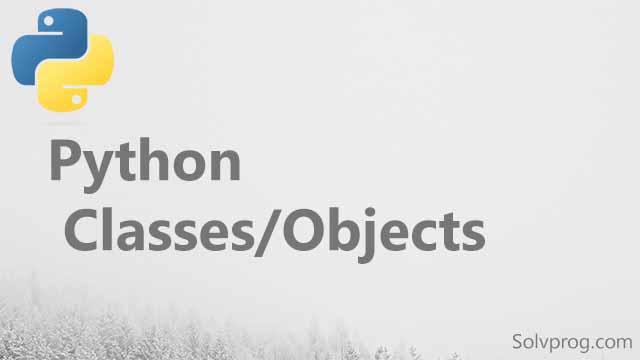
Python is an object-oriented programming language, which means that everything in Python is an object. An object is a representation of a real-world... read more
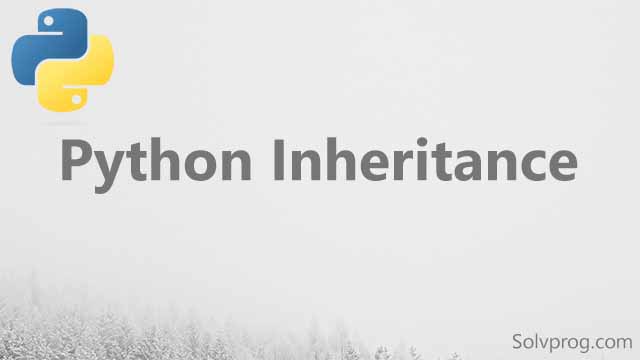
Inheritance is a concept in object-oriented programming (OOP) that allows one class to inherit properties and methods from another class. The class... read more
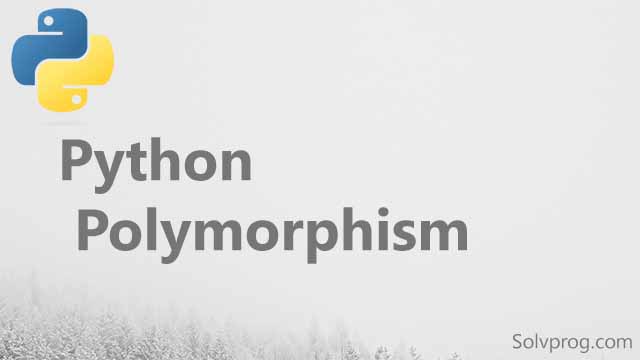
In Python, polymorphism is a concept where objects of different types can be accessed and used through a single interface. It allows different... read more
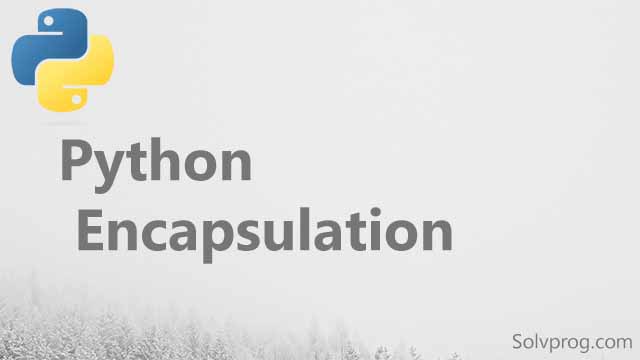
Encapsulation is a fundamental concept in object-oriented programming that involves bundling data and methods that operate on that data within a... read more